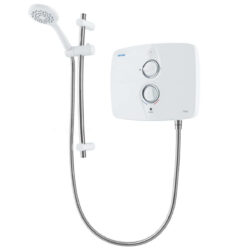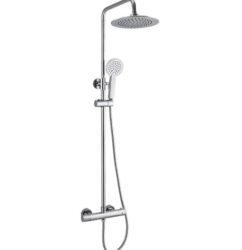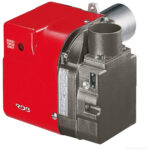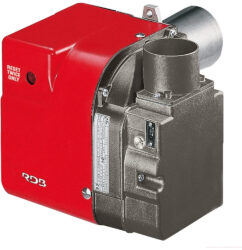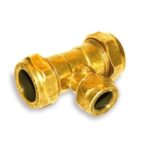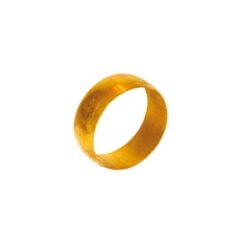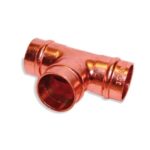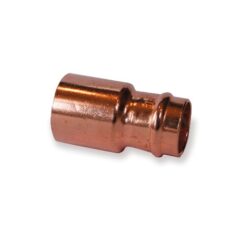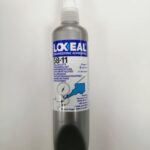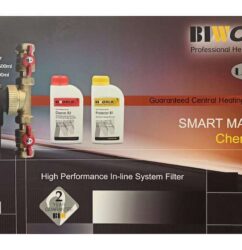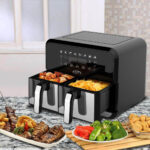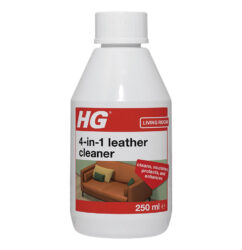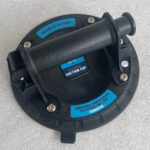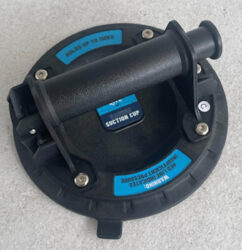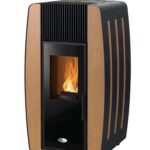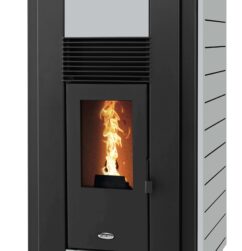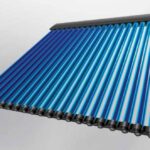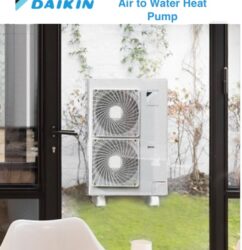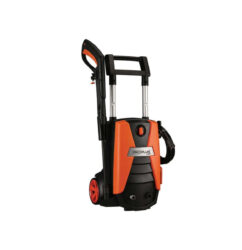When it comes to tiling projects, the success and longevity of your beautiful tile work often depend on what lies beneath—the tile backer board. This unassuming yet crucial material provides a stable and water-resistant substrate for your tiles, ensuring that they not only look stunning but also stand the test of time. In this article, we’ll explore the world of tile backer boards, their significance, and the various options available for your tiling needs.
What is a Tile Backer Board?
Tile backer board, often referred to as cement board or tile underlayment, is a construction material designed specifically for tiling applications. It serves as a sturdy, moisture-resistant surface onto which ceramic, porcelain, or natural stone tiles are installed. Tile backer boards are typically made from materials like cement, gypsum, or extruded foam with a cementitious coating, offering excellent stability and waterproofing qualities.
Key Features of Tile Backer Board:
- Water Resistance: Tile backer boards are inherently resistant to moisture, making them ideal for wet areas such as bathrooms, kitchens, and shower surrounds.
- Stability: They provide a stable and flat surface that prevents tile movement and cracking over time.
- Durability: Tile backer boards are built to withstand the weight of tiles and resist damage from daily wear and tear.
- Mould and Mildew Resistance: Their resistance to moisture helps prevent the growth of mould and mildew, ensuring a healthier indoor environment.
- Easy Installation: They are easy to cut, shape, and install, making them suitable for both DIY and professional projects.
Types of Tile Backer Boards:
- Cement Backer Board: This type of tile backer board is composed of a cementitious core with fibreglass mesh on both sides. It’s known for its exceptional strength and water resistance.
- Gypsum Backer Board: Gypsum boards are made of gypsum core with paper or fibreglass facing. While less water-resistant than cement backer boards, they are lighter and easier to work with.
- Extruded Foam Backer Board: These boards are made from extruded foam with a cementitious coating. They offer excellent insulation properties and are lightweight.
Applications of Tile Backer Board:
- Bathroom Walls and Floors: Tile backer boards are commonly used as a substrate for bathroom tiles, providing the necessary waterproofing and stability.
- Kitchen Backsplashes: They create a solid foundation for kitchen backsplashes, ensuring a smooth and level surface for tile installation.
- Shower Enclosures: Tile backer boards are essential in shower enclosures to prevent moisture penetration and maintain structural integrity.
- Underfloor Heating: They are suitable for underfloor heating systems, as they can withstand the heat without warping.
Conclusion:
Tile backer boards may not be the stars of your tiling project, but they are its unsung heroes. These reliable materials provide the stability, moisture resistance, and durability needed for a successful and long-lasting tile installation. Whether you’re embarking on a bathroom renovation, tiling a kitchen backsplash, or adding a stylish touch to your home, choosing the right tile backer board is a crucial step in achieving the stunning and enduring tile work you desire.


